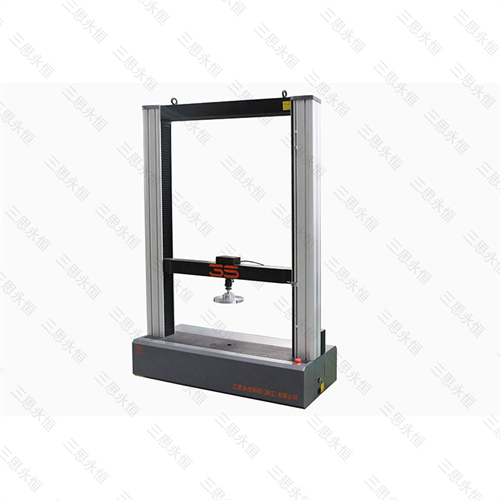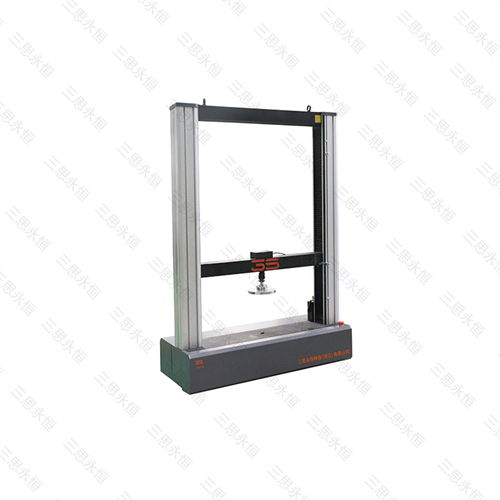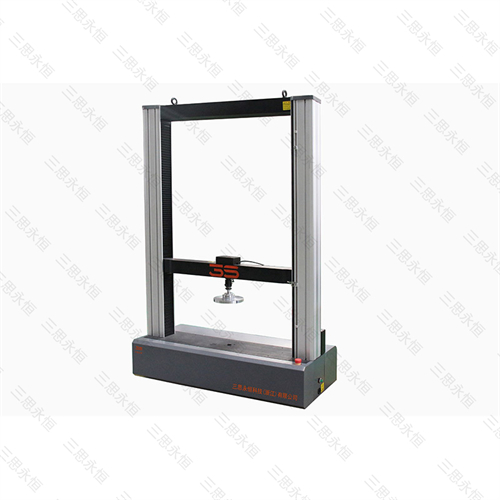CN
Products
-
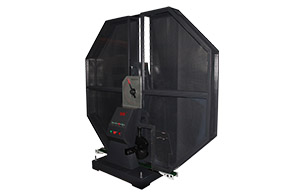 Pendulum impact testing machine
Pendulum impact testing machine -
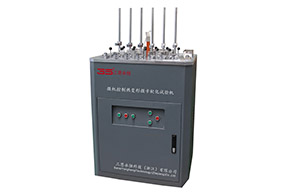 Plastic specific testing machine
Plastic specific testing machine -
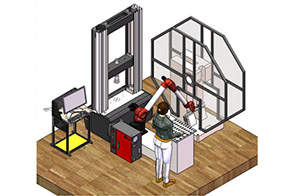 Automated testing plan
Automated testing plan -
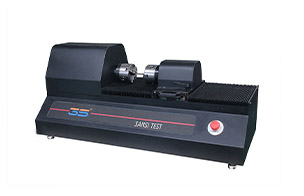 torsion testing machine
torsion testing machine -
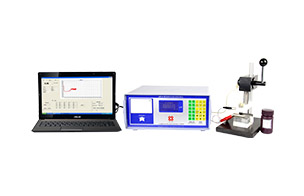 Coulomb thickness gauge
Coulomb thickness gauge -
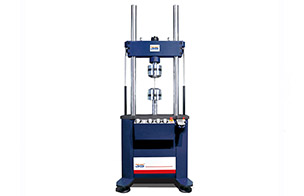 Dynamic fatigue testing machine
Dynamic fatigue testing machine -
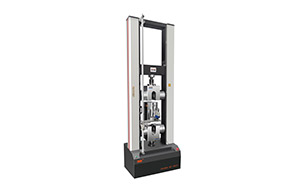 Electronic universal testing machine
Electronic universal testing machine -
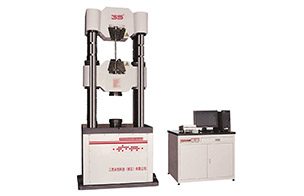 Electro hydraulic servo universal testing machine
Electro hydraulic servo universal testing machine -
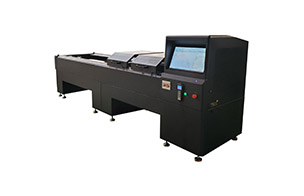 Horizontal tensile testing machine
Horizontal tensile testing machine -
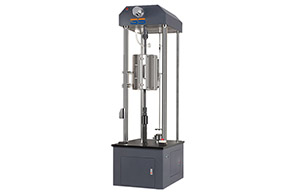 High temperature creep endurance testing machine
High temperature creep endurance testing machine -
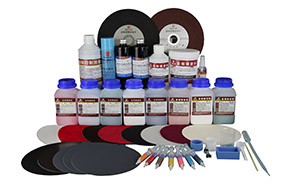 Metallographic auxiliary consumables
Metallographic auxiliary consumables -
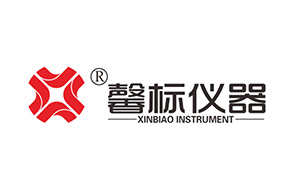 Xinbiao Instrument
Xinbiao Instrument
-
Accessories
Testing Solutions
News
About Us
Service support
Contact Us




























